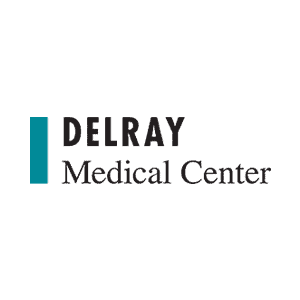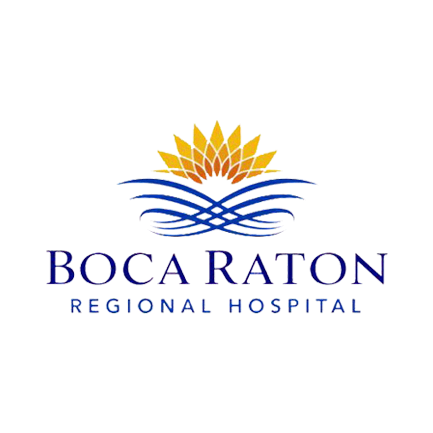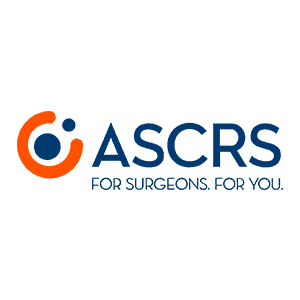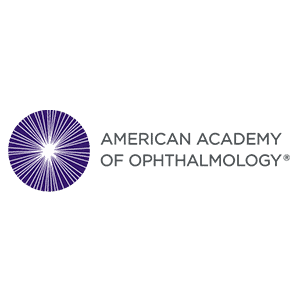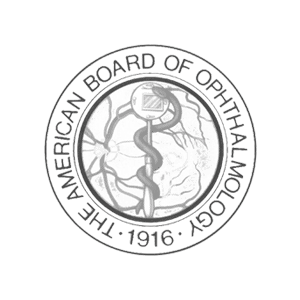Common Dry Eye Questions
What does it mean to have “dry eyes?"
Dry eye disease or syndrome is a term describing related disorders of the ocular surface due to abnormalities in the tear film. The eyeball needs to be adequately lubricated to see clearly and not feel irritated. Dry eye disease is due to both anatomical and functional abnormalities of the eyelid, cornea, and conjunctiva that the experts at CLVC are trained to identify and treat.
What are the symptoms of dry eye?
Symptoms of dry eye can vary greatly from person to person. Many patients complain of fluctuating vision, redness, irritation, itching, crusty eyelids, and even excess tearing. Some notice discomfort when wearing contacts or eye strain at the end of a workday. Patients may have one or more of these symptoms at any given time, but it is possible that someone may not feel anything is wrong at the time the diagnosis is made.
How do you diagnose dry eye?
A thorough eye exam is necessary to diagnose dry eyes. This includes a careful history to determine the timing of symptoms and to see what drops or medications have been helpful. The doctors at CLVC carefully look at every patient under special microscopes to examine the eyelid shape, eyelashes, conjunctiva, tear reservoir, and cornea to look for the signs specific to tear film disruption and dry eye disease.
Special testing and imaging at CLVC is also important to determine the tear composition, rate of tear production and evaporation, and imperfections in the corneal surface that may be caused by dryness.
What are the Causes of Dry Eyes?
The most effective treatments are tailored to the specific underlying causes of dry eyes. There are three basic types:
Aqueous deficiency
This problem is due to insufficient liquid produced in the lacrimal gland, which sits above the eyeball in the outer corner of the orbit. Aqueous deficiency is quite common and can worsen with age, as a side effect of other medications, or due to systemic conditions like Sjogren’s syndrome. This form of dry eye is treated with lubricating eye drops, most of which are available over the counter. Special prescription eye drops like Restasis, Cequa, and Xiidra as well as ocular steroids can also be helpful by controlling the inflammation related to dry eye irritation. New treatments like Tyrvaya nasal spray are becoming available to help those with more severe disease.
Evaporative dry eye
This form of dry eye is due to an imbalance of the lipid (oil) layer of the tear film, due to blockage or underproduction of the oil-producing meibomian glands along the eyelid margin. Warm compresses are helpful at softening the oil within these glands to allow for better outflow. Omega 3s vitamins like those found in PRN Nutraceuticals De3 offer the optimal mix of oils to promote healthy gland function. Special treatments offered at CLVC like Lipiflow and Blephex are also helpful at stimulating these glands for more severe cases.
Mechanical dry eye
This form of dry eye is often due to abnormalities in the eyelid shape, which limits tear drainage and causes friction against the surface of the eyeball. This can create a thickening of the skin covering the eye, or conjunctiva, which is called conjunctivochalasis. This condition is often under-diagnosed and may be the cause of chronic eye irritation not responding to medical treatments. Sometimes special surgical treatments for long-term symptom relief are recommended.
To learn more watch this video of our very own Dr. Cohen as he explains the most common causes of dry eyes:
How does CLVC treat dry eyes?
Purchase recommended dry eye products and supplements here.
CLVC offers both medical and surgical treatments specifically tailored to each patient’s needs. Some of those options are summarized below:
Medical
- Artificial tears – liquid or gel eye drops that provide immediate lubrication and dry eye relief. Preservative free formulations are recommended for more frequent dosing.
- Serum tears – Autologous serum tears are compounded eye drops made from your own blood after cells and proteins are removed to provide topical lubrication with additional healing benefits over traditional artificial tears
- Ocular steroid drops – Steroid eye drops can be helpful in certain circumstances at providing more immediate symptom relief to control redness and inflammation.
- Anti-inflammatory – Prescription cyclosporine (Restasis, Cequa) and tacrolimus (Xiidra) eye drop formulations are typically used twice daily to regulate tear production and reduce inflammation.
- Neuro-stimulants – Topical (Oxervate) and nasal (Tyrvaya) medications can help regenerate corneal nerve tissue to control dry eye symptoms in patients who fail traditional treatments.
- Vitamin supplements – Vitamin C and Omega 3 supplements help corneal healing and oil production.
- Antibiotics – both topical and oral antibiotics may be used to regulate skin bacteria along the eyelid that may contribute to blepharitis and dry eye irritation
Surgical or Procedural
- Punctal plugs – Tiny implants placed by the doctor in the puncta (small openings in the eyelid) can prevent tear drainage into the nose and increase natural lubrication. This procedure takes less than 2 minutes to perform and the implants are designed to either dissolve or be removed when no longer needed.
- Lacrimal irrigation – The lacrimal drainage system connects the puncta and the nose and is responsible for liquid and tear removal. Blockage along this pathway can contribute to excessive tearing and dysregulation of the tear film contributing to symptoms. Irrigation performed in the clinic can determine where a blockage may exist and determine which treatments are needed.
- Amniotic membranes – Both dehydrated and cryopreserved (Prokera) amniotic membranes can be helpful in the treatment of ocular surface disease. Membranes are typically placed in the office in a painless process and removed after several days. These membranes continue special stem cells to promote healing and repair of the corneal skin or epithelium.
- Meibomian gland expression – Debriding the openings and squeezing the meibomian glands in the clinic may be necessary to maintain adequate lipid production. This process takes only a few minutes but can be unfomfortable.
- Lipiflow – Lipiflow is the first FDA approved treatment for both heating and expressing the meibomian glands in all four lids simultaneously. This 15 minute “Therrmal Pulse” treatment is comfortable and typically provides over a year or symptom relief from evaporative dry eye disease in the majority of patients.
- Blephex – Blephex by Alcon is the first in-office procedure shown to remove lid debris and bacterial biofilm in less than 10 minutes.
- Conjunctivoplasty – This treatment for a thickened skin layer due to mechanical dry eye involves shrinking redundant tissue (thermal conjunctivoplasty) or surgical removing abnormal layers of underlying tenons (fornix reconstruction) in more severe cases. These procedures can be done in the office or operating room under local anesthesia.
Purchase recommended dry eye products and supplements here.
Where can I get dry eye products and supplements?
You can purchase recommended dry eye products and supplements here.
Want More Information?
Contact us today so we can answer your questions.
Call us now at (561)981-8400, or request an appointment online here.







